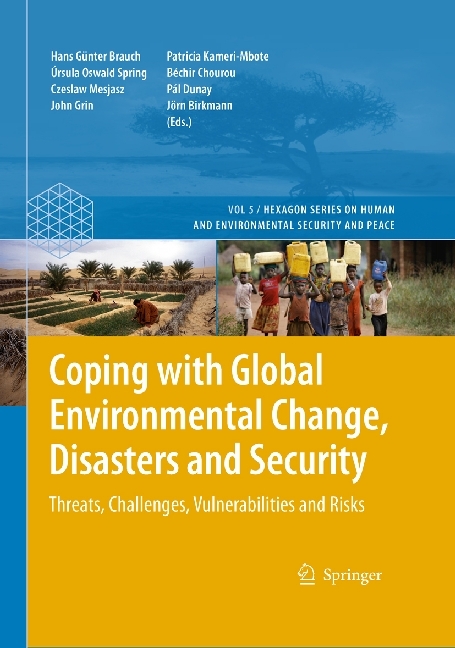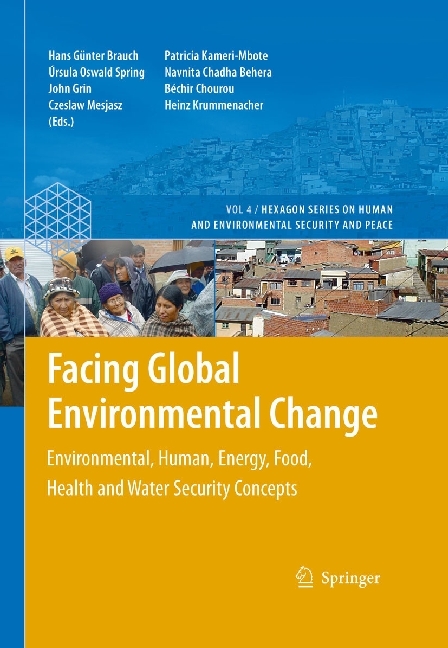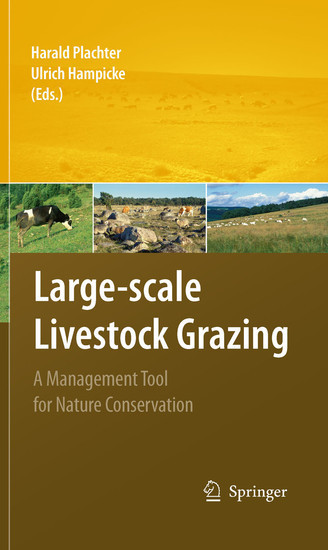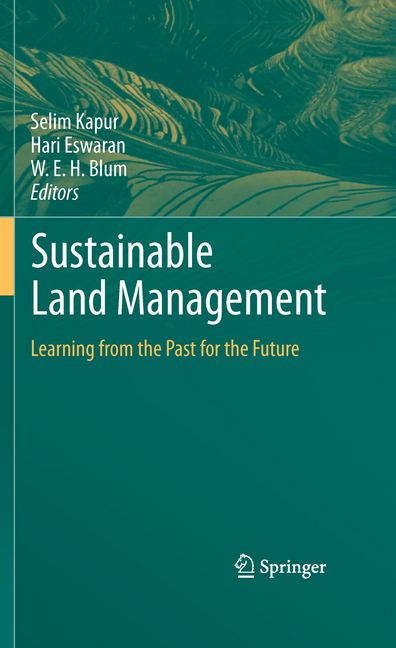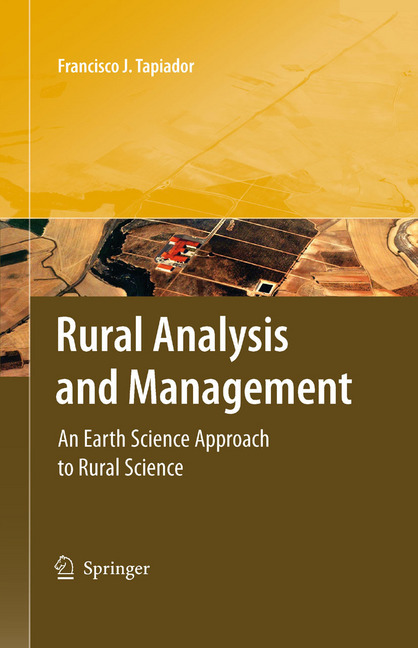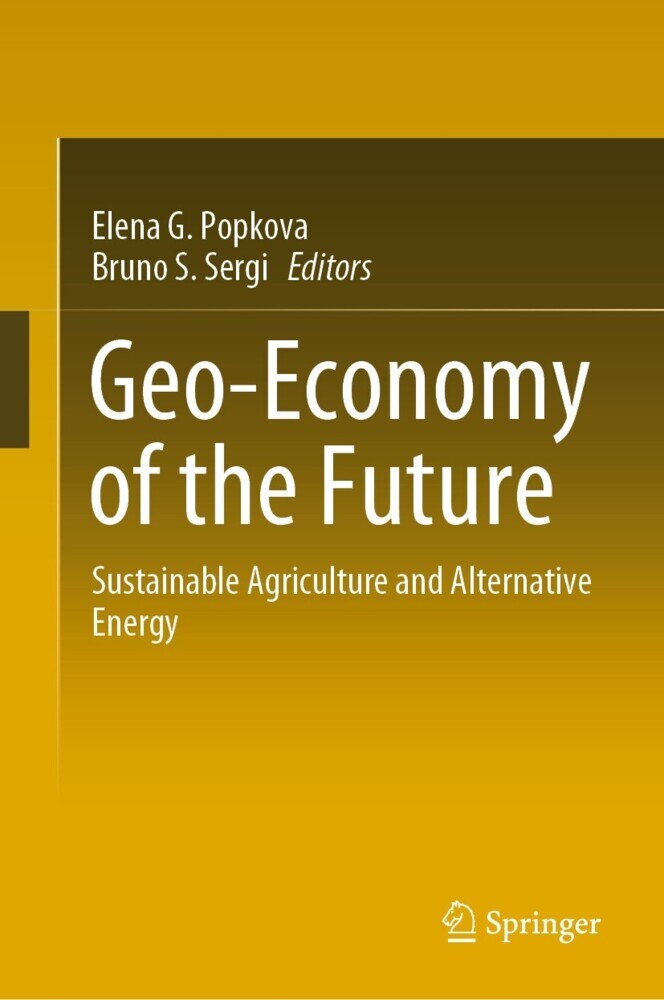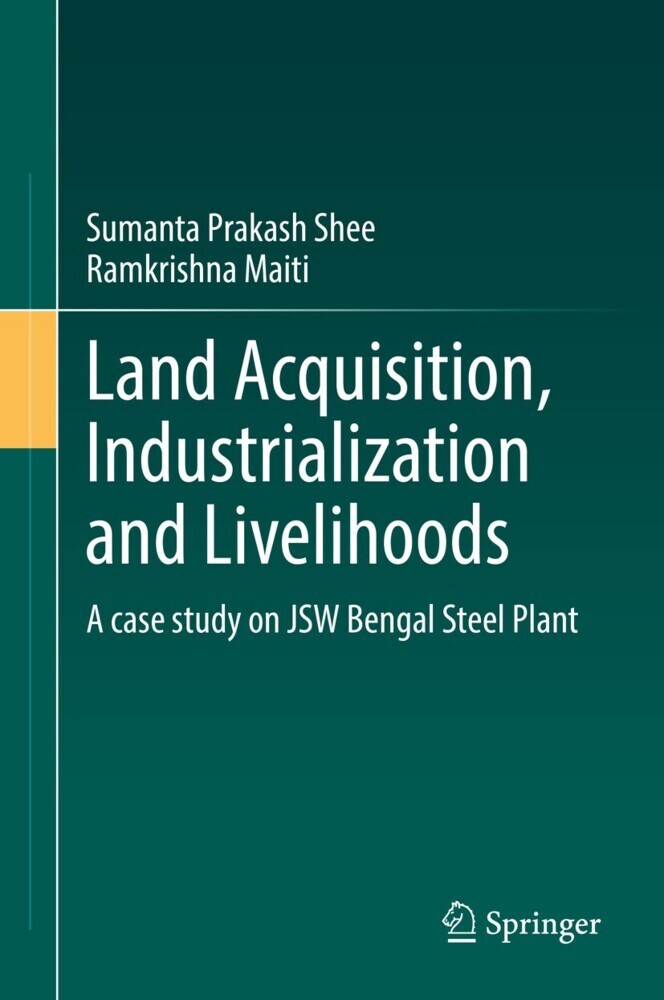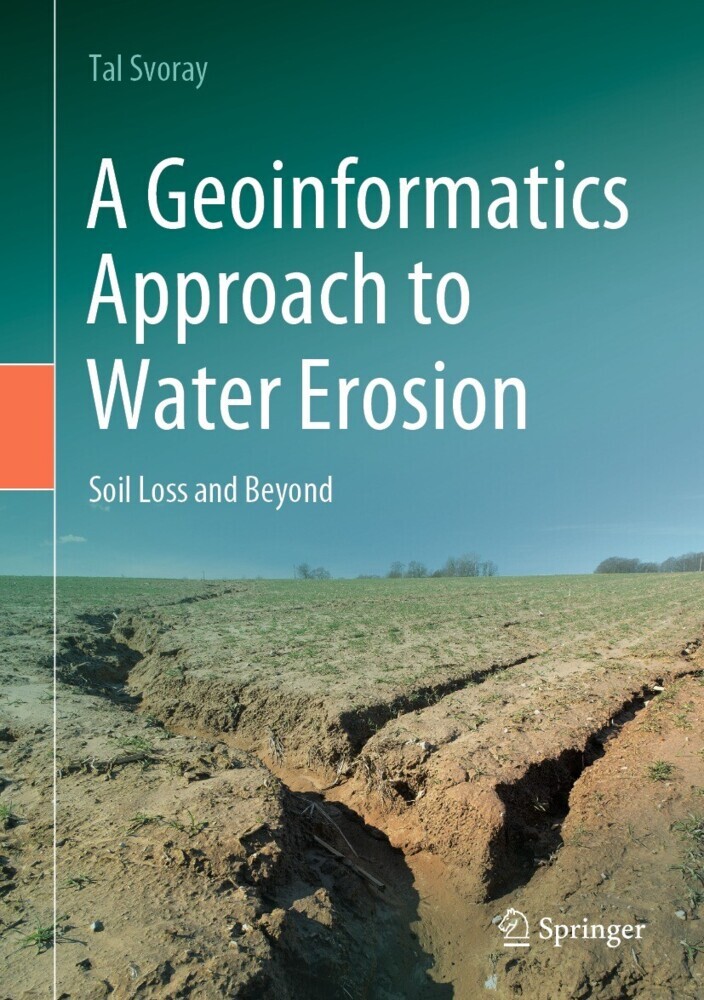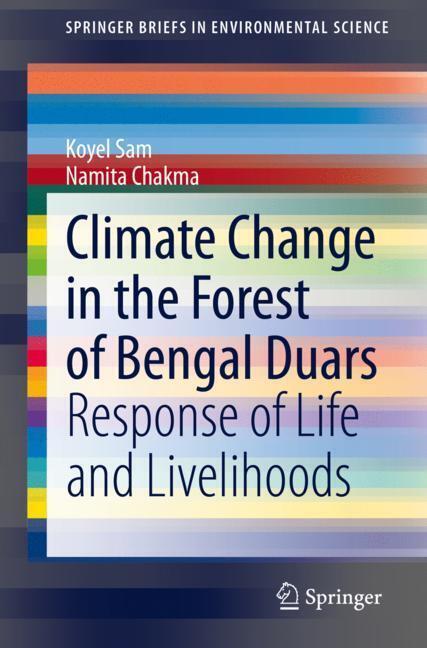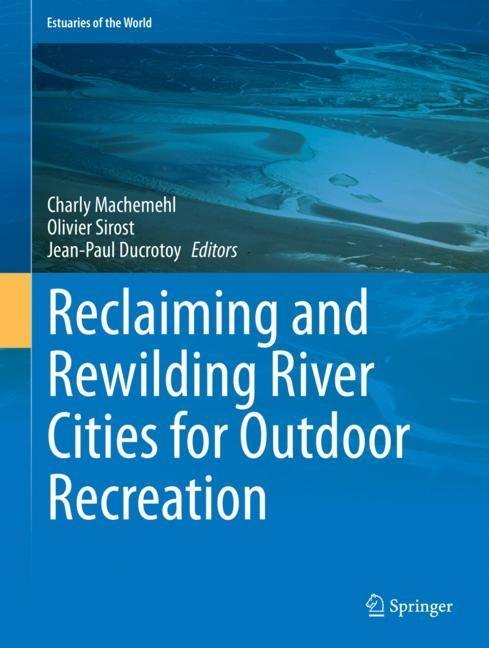Coping with Global Environmental Change, Disasters and Security
Threats, Challenges, Vulnerabilities and Risks
Coping with Global Environmental Change, Disasters and Security
Threats, Challenges, Vulnerabilities and Risks
This policy-focused Global Environmental and Human Security Handbook for the Anthropo-cene (GEHSHA) addresses new security threats, challenges, vulnerabilities and risks posed by global environmental change and disasters. In 6 forewords, 5 preface essays 95 peer reviewed chapters,ntries analyse in 10 parts concepts of military and political hard security and economic, social, environmental soft security with a regional focus on the Near East, North and Sub-Sahara Africa and Asia and on hazards in urban centres. The major focus is on coping with global environmental change: climate change, desertifi ca tion, water, food and health and with hazards and strategies on social vulnerability and resilience building and scientific, international, regional and national political strategies, policies and measures including early warning of conflicts and hazards. The book proposes a political geo-ecology and discusses a Fourth Green Revolution for the Anthropocene era of earth history.
1;Foreword;6 2;Foreword;8 3;Foreword;10 4;Foreword;12 5;Foreword;14 6;Contents;18 7;Acknowledgements;28 8;Permissions and Credits;32 9;Prefaces;54 10;The Anthropocene: Geology by Mankind;56 11;Connecting Inconvenient Truths: Urgency of Nuclear Disarmament in a World of Pressing Problems¹;58 12;Living in and Coping with World Risk Society;64 12.1;Old Dangers - New Risks: What is New About World Risk Society?;64 12.2;The Ruse of Risk: Global Risk is an Unpredictable and Impersonal Force in the Contemporary World;66 12.3;Consequences and Perspectives;67 13;Population Prospects and the Challenges of Sustainability;70 13.1;The Sensitivity of Long-term Population Trends to Deviations from Zero Population Growth;71 13.2;The Increasing World Urbanization;72 14;Towards a Great Land-Use Transformation?;76 14.1;The Climate Change Challenge and LanduseMitigation Options;76 14.3;The Earth's Carrying Capacity Conundrum;77 14.4;The Great Land-use Transformation;78 14.5;Global Agricultural Commons: A Proposal;80 15;Part I Introduction: Concepts of Security Threats, Challenges, Vulnerabilities and Risks;82 15.1;1 Introduction: Coping with Global Environmental Change in the Anthropocene;83 15.1.1;1.1 Introduction and Objectives of the Book;83 15.1.1.1;1.1.1 Contextual Change from the Holocene to the Anthropocene;83 15.1.1.2;1.1.2 Structure of the Environmental Security Handbook;85 15.1.1.3;1.1.3 Three Stages of Addressing Global Environmental Change;85 15.1.2;1.2 Three Debates on GEC, Security and Disasters;90 15.1.2.1;1.2.1 Focus on GEC: Approaches from the Natural Sciences;91 15.1.2.2;1.2.2 Focus on Security: Approaches of the Social Sciences;92 15.1.2.3;1.2.3 Focus on Natural Hazards and Societal Disasters;92 15.1.3;1.3 Coping with GEC and Hazards with Adaptation, Mitigation and Resilience Building;92 15.1.3.1;1.3.1 Phases of Scientization, Politicization and Securitization;94 15.1.3.1.3;1.3.1.3 Securitization;95 15.1.3.2;1.3.2 Coping with GEC;95 15.1.3.3;1.3.3 Mitigation Against GEC;96 15.1.3.5;1.3.5 Protection, Empowerment and Resilience Building;98 15.1.4;1.4 Dialogue Among Three Scientific Epistemic Communities on Global Change, Security and Disaster;99 15.1.4.1;1.4.1 Security Community;99 15.1.4.2;1.4.2 Natural Hazard and Disaster Community;101 15.1.4.3;1.4.3 Global Change Community;102 15.1.4.4;1.4.4 Towards a New Interdisciplinary Epistemic Community;102 15.1.5;1.5 Horizontal Cooperation Among Ministries and International Organizations on GEC, Security and Disasters;103 15.1.6;1.6 Key Questions and Structure of the Book;103 15.1.6.1;1.6.1 Concepts of Security Threats, Challenges, Vulnerabilities and Risks;105 15.1.6.2;1.6.2 Military and Political Security Threats, Challenges, Vulnerabilities and Risks;105 15.1.6.3;1.6.3 Environmental and Human Security Dangers in the Near East and Three Regional Prospects until 2020 and 2050;106 15.1.6.4;1.6.4 Threats, Challenges, Vulnerabilities and Risks for Urban Centres in Hazards and Disasters;107 15.1.6.5;1.6.5 Coping with Global Environmental Change: Climate Change, Desertification, Water Management, Food and Health;107 15.1.6.6;1.6.6 Coping with Hazards and Strategies for Social Vulnerability and Resilience Building;109 15.1.6.8;1.6.8 Vulnerability Mapping and Environmental Security Indicators;111 15.1.6.9;1.6.9 Improved Early Warning of Conflicts and Hazards;111 15.1.6.10;1.6.10 Summary and Conclusions;112 15.1.7;1.7 Concluding Remark;112 15.2;2 Concepts of Security Threats, Challenges, Vulnerabilities and Risks;113 15.2.1;2.1 Introduction;113 15.2.2;2.2 Reconceptualizing 'Security Threats';114 15.2.2.2;2.2.2 'Threat' as a Scientific Concept;114 15.2.2.3;2.2.3 Redefining the Concept of 'Threat' to Security since 1990;115 15.2.2.4;2.2.4 Application of a Widened Concept of Security Threats;116 15.2.3;2.3 Reconceptualizing 'Security Challenges' .;118 15.2.4;2.4 Reconceptualizing 'Security Vulnerabilities';119 15.2.4.1;2.4.1 The Political and Societal Term of 'Vulnerability';119 15.2.4.2;2.4.2 Vu
Brauch, Hans Günter
Oswald Spring, Úrsula
Mesjasz, Czeslaw
Grin, John
Kameri-Mbote, Patricia
Chourou, Béchir
Dunay, Pál
Birkmann, Joern
| ISBN | 9783642177767 |
|---|---|
| Artikelnummer | 9783642177767 |
| Medientyp | E-Book - PDF |
| Auflage | 2. Aufl. |
| Copyrightjahr | 2011 |
| Verlag | Springer-Verlag |
| Umfang | 1818 Seiten |
| Sprache | Englisch |
| Kopierschutz | Digitales Wasserzeichen |

